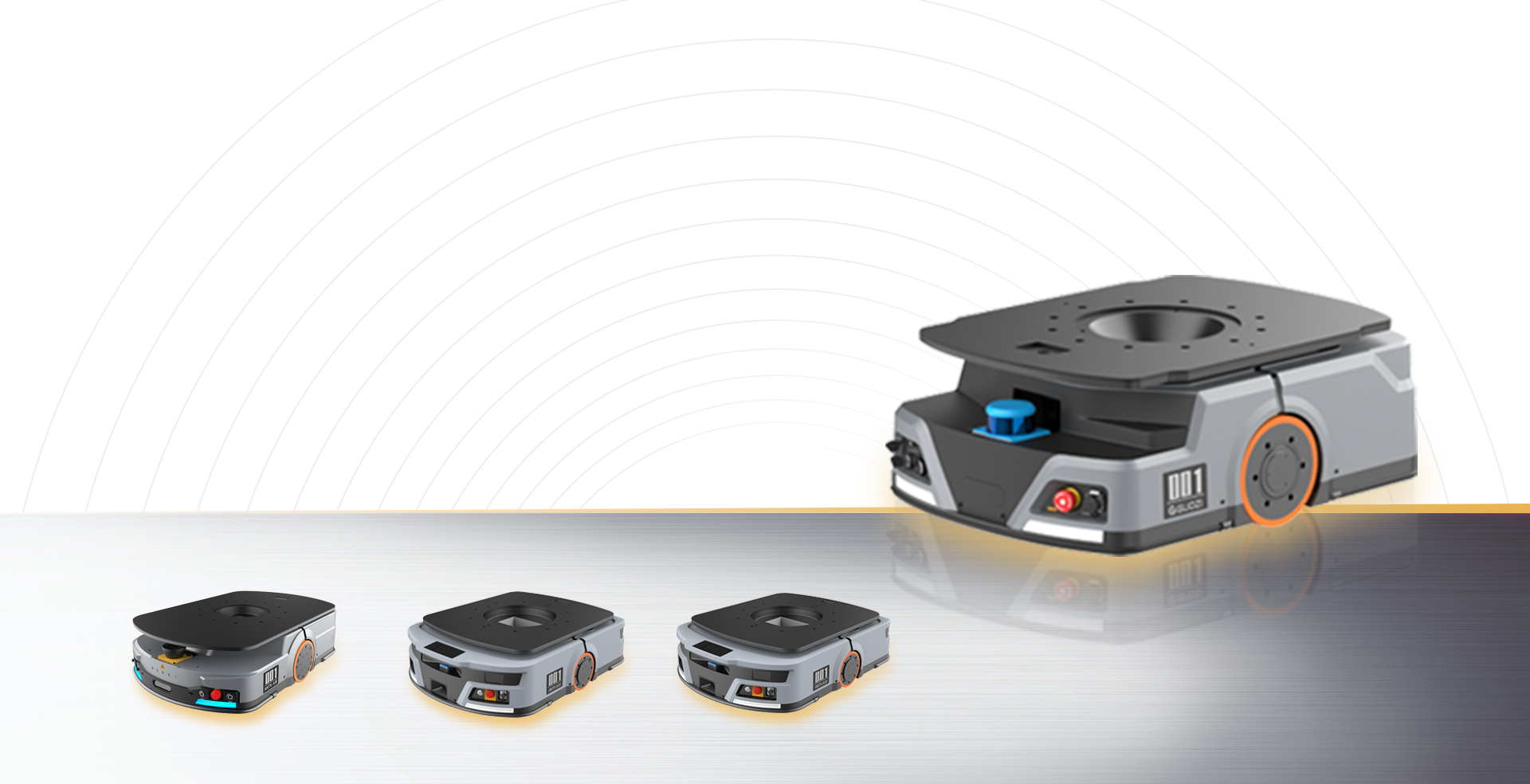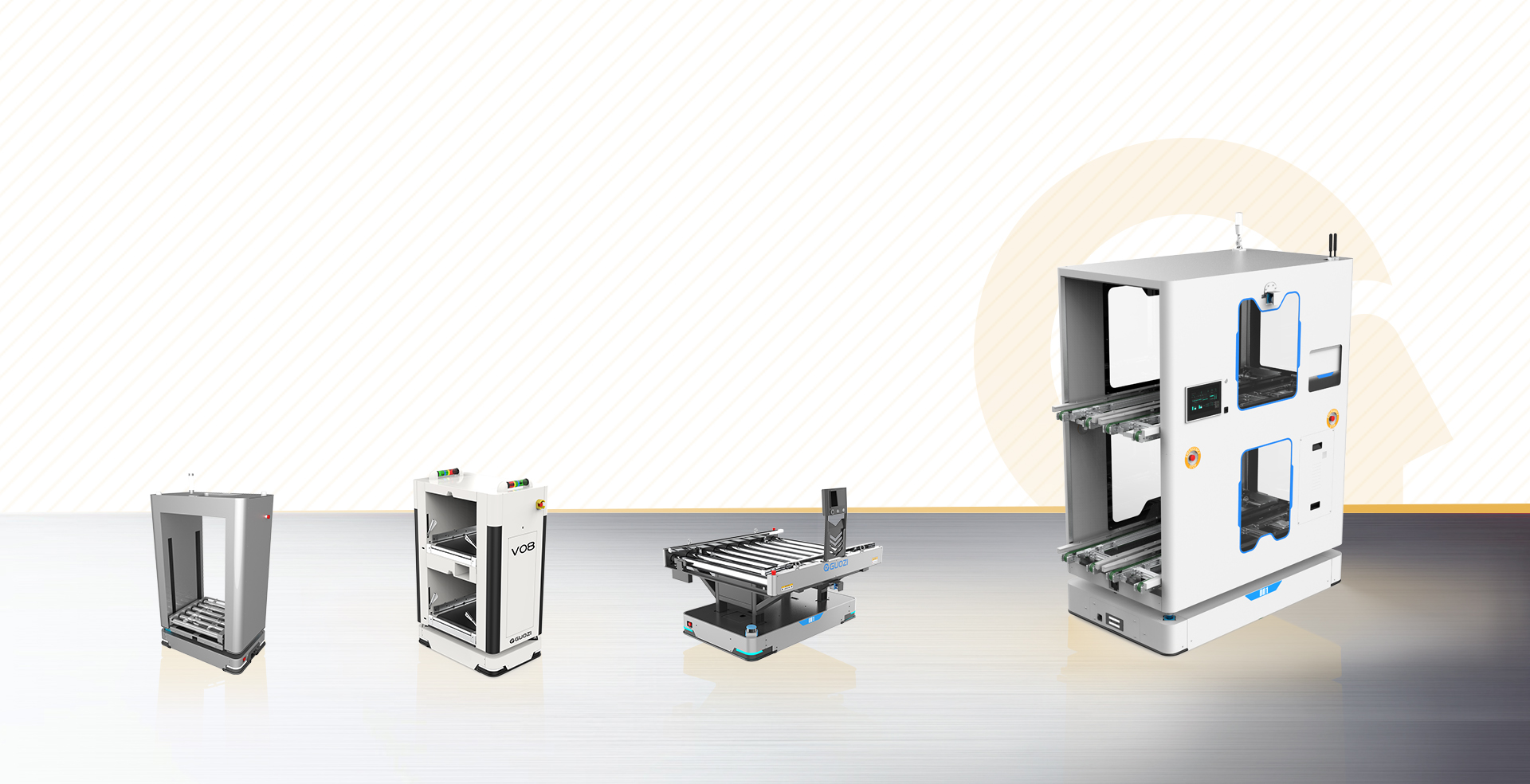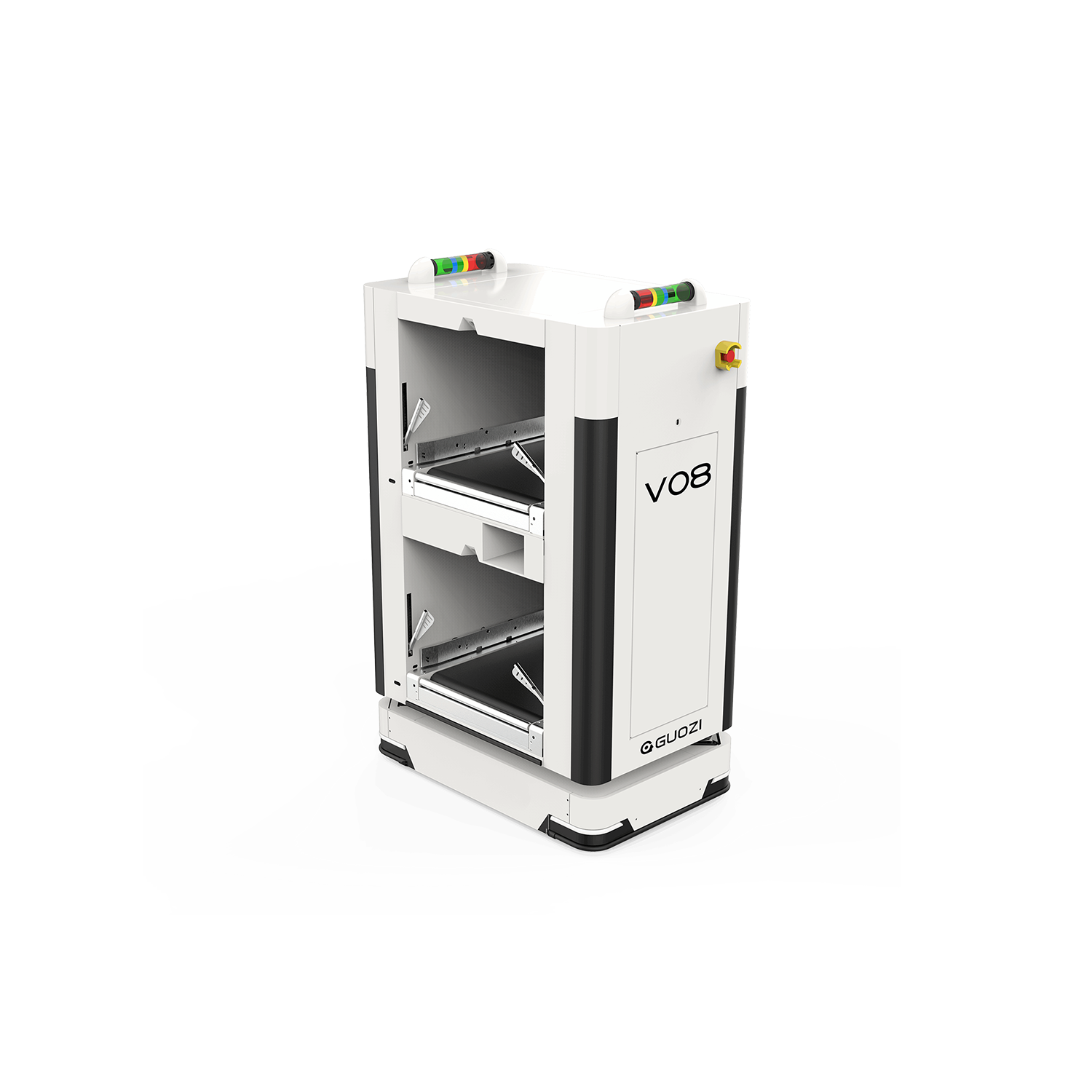The rapid development of Internet of Things (IoT) technology has brought profound changes to traditional industries. Robotics, as an important application field of IoT technology, is gradually changing many aspects of production and service, etc. CTU (Cellular Tower Unifier) technology, as a key component of IoT communication, is of great significance for improving robot performance and expanding application scenarios. In this paper, we will discuss the application of CTU technology in IoT devices and the challenges faced, and analyze the robotics industry as an example.
CTU Technology in IoT devices
1. Unified management of network connectivity
CTU technology provides stable and efficient connectivity services for IoT devices by unifying the management of cellular network resources. In the robotics industry, the application of CTU technology is mainly reflected in the following aspects:
(1) Network switching optimization: robots may work in different network environments, and CTU technology can realize seamless switching between networks to ensure that robots are always in the best network state.
(2) Signal Coverage Enhancement: CTU technology is able to integrate signals from multiple cellular towers to improve the quality of network coverage in the area where the robot is located.
(3) Data transmission optimization: through CTU technology, the data transmission path can be optimized to reduce the transmission delay and improve the efficiency of data interaction between the robot and the cloud or other devices.
2. Energy Efficiency Improvement
Robots usually need to work for long hours, and thus energy efficiency is an important indicator of their performance.CTU technology plays an important role in improving energy efficiency:
(1) Intelligent hibernation: CTU technology can intelligently adjust the working mode of the communication module according to the robot's working state, realizing energy saving and consumption reduction.
(2) Data compression and transmission: through CTU technology, the amount of data transmission can be reduced to lower power consumption.
3. Security and privacy protection
CTU technology plays an important role in enhancing the security of IoT devices:
(1) Encrypted communication: the CTU technology ensures that the communication data between the robot and the cloud or other devices to encrypt communication data and prevent data leakage.
(2) Authentication: CTU technology supports authentication of the robot to prevent unauthorized access.
III. Challenges of CTU technology in the robotics industry
1. Network compatibility issues
Due to the differences in the network standards of different countries and regions, CTU technology faces the challenge of network compatibility when it is applied to the robotics industry. The challenge of network compatibility is faced when CTU technology is applied in the robotics industry. Robot manufacturers need to ensure that CTU modules can adapt to different network environments.
2. Network Latency Problems
While CTU technology can optimize the data transmission paths, network latency is still an important factor affecting the performance of the robots in practical applications. Especially in scenarios that require real-time feedback, such as tele-surgery robots, network latency can lead to serious consequences.
3. Cost issues
The development and deployment of CTU technology requires high cost, which is a considerable challenge for robot manufacturers. How to reduce the cost while ensuring the technical performance is the key to the popularization of CTU technology.
IV.CONCLUSIONS
The application of CTU technology in IoT devices brings many conveniences to the robotics industry, such as the unified management of network connections, the improvement of energy efficiency, as well as the security and privacy protection. However, at the same time, CTU technology faces challenges such as network compatibility, network latency, and cost. In the future, as technology continues to advance and solutions improve, CTU technology is expected to play a greater role in the robotics industry and drive its continued development.








